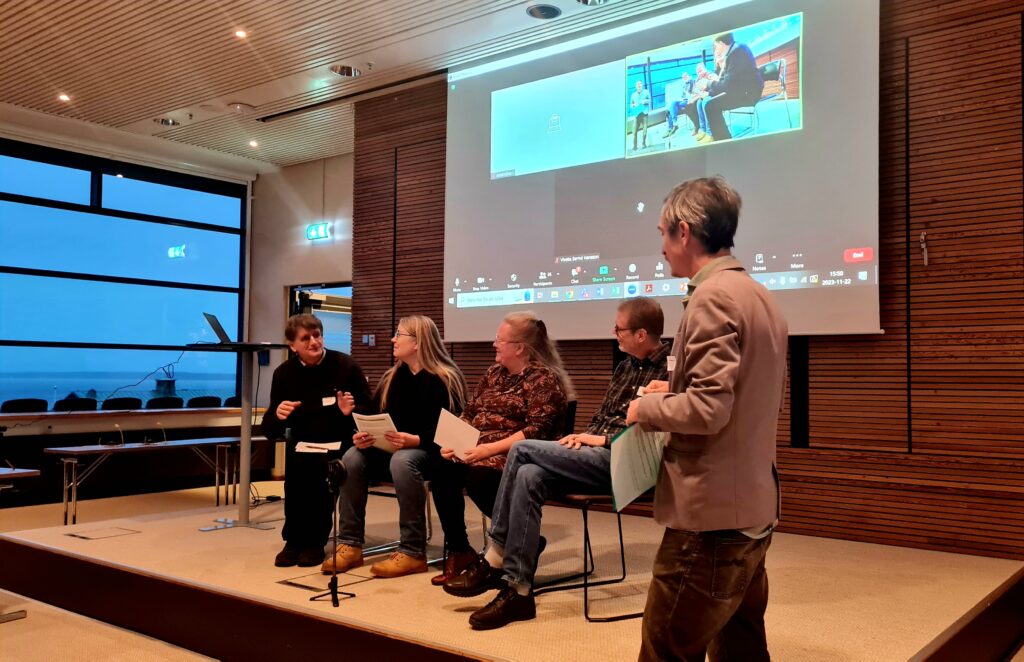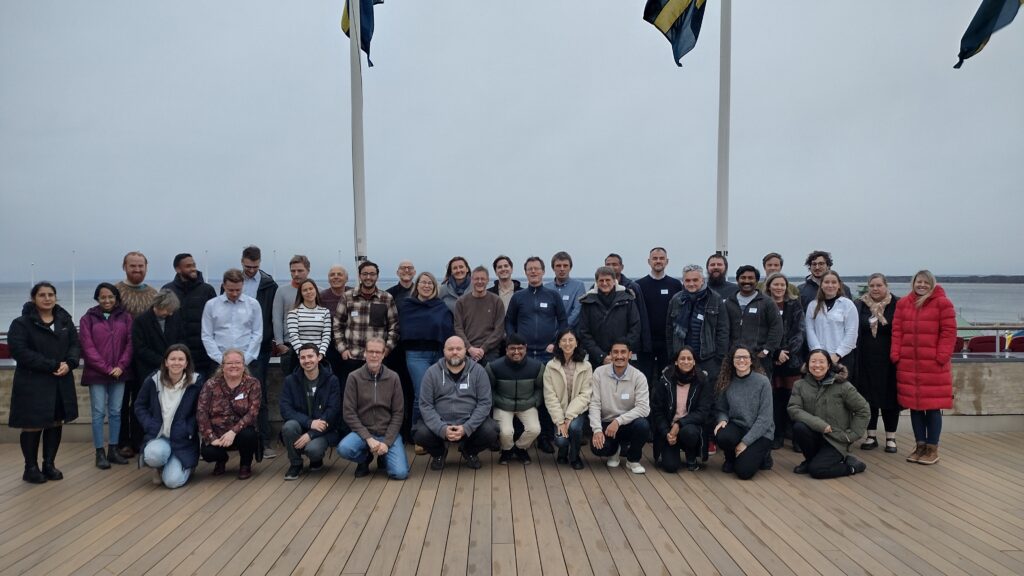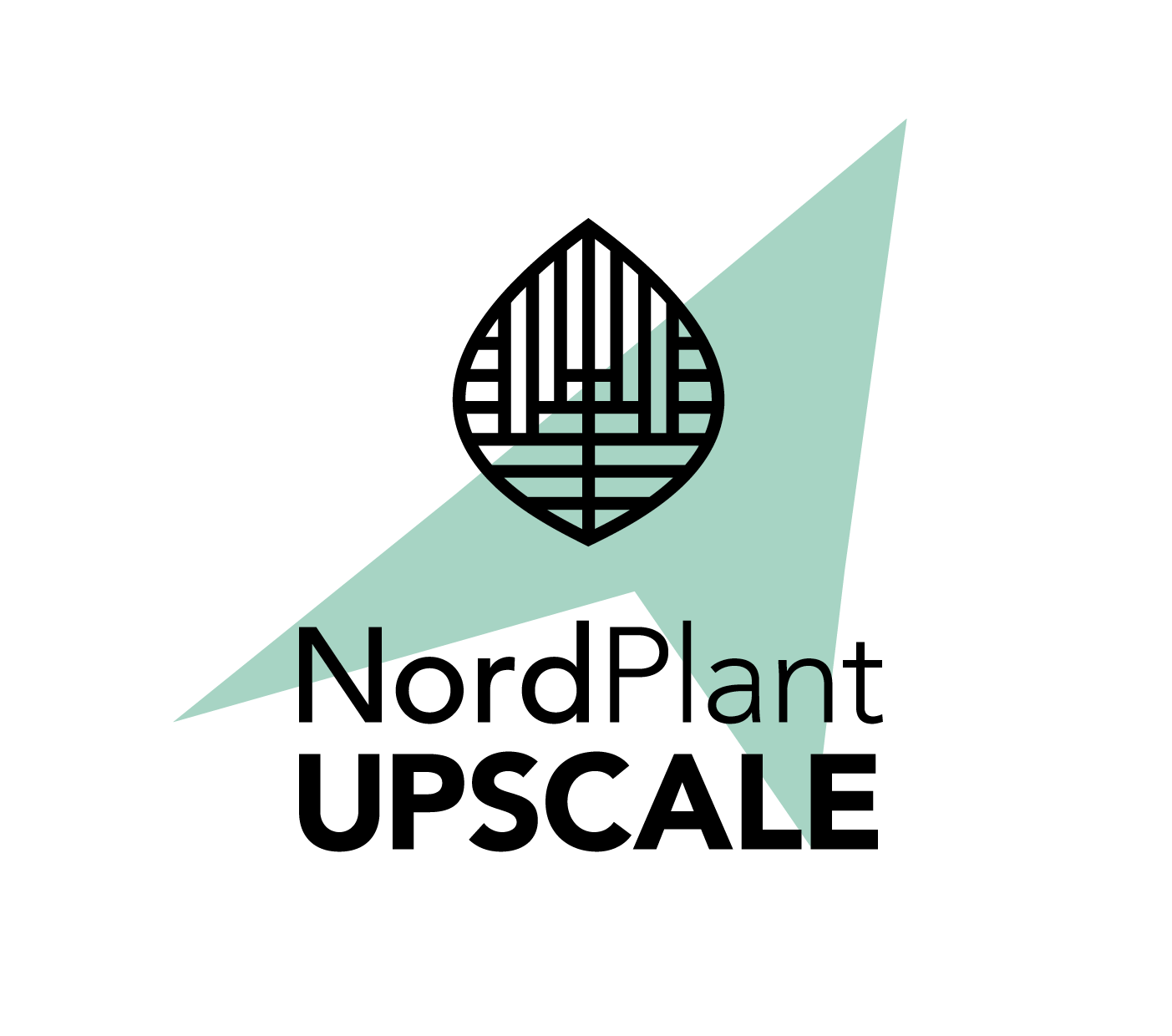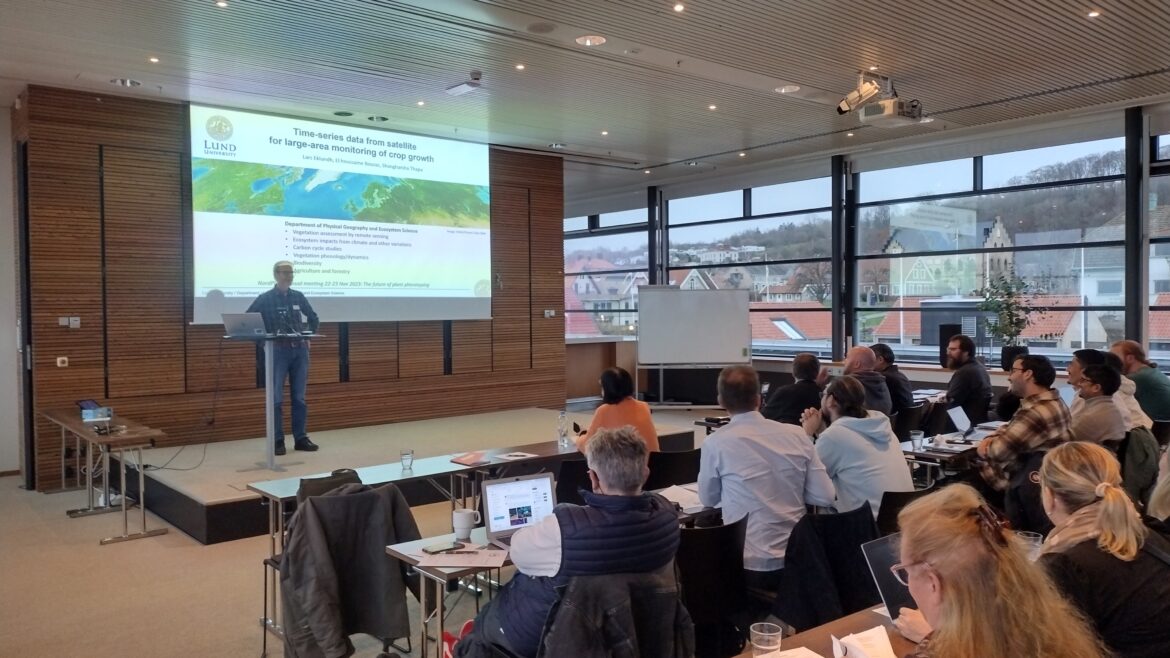NordPlant is coming to an end. The activities of NordPlant have been funded by NordForsk and supported by five Nordic universities for the last six years, but are now nearly over.
The final annual meeting was held on 22-23 November in Båstad, Sweden, with the theme “The future of plant phenotyping”.
At the start of the meeting, Erik Alexandersson gave a summary of NordPlant’s accomplishments and milestone achievements. During its six years, NordPlant has reached all major goals and has, for example, contributed to more than 36 publications. Erik stressed the future importance of continued networking around plant phenotyping and modelling, and introduced UPCSALE – a partial successor to NordPlant, which is focusing on a number of findings in NordPlant. Read more about UPSCALE here.
The first keynote speaker, David Rousseau presented on deep learning-based computer vision in plant imaging. He discussed the challenges and opportunities, focusing on the potential to enhance crop phenotyping. He gave many practical examples ,such as the use of deep learning for seedling growth monitoring, demonstrating how 24 000 plants could be monitored and classified by stage in a low budget system. Another example was deep learning for plant 3D-imaging, using X-ray volumetric images of rosebushes.
David Rousseau was followed by a number of presentations from the Nordic perspective. Laura Jaakola shared her experiences with hyperspectral analysis in controlled climates, showcasing the Climate Laboratory in Tromsø and the special conditions at this high latitude. She presented their resources and technical equipment, including a Plant Eye F600 multispectral scanner. From Univeristy of Helsinki, Kristiina Himanen presented on image-based phenotyping for tree growth, emphasizing the breakthroughs made possible by high-throughput phenotyping, which makes it possible to integrate phenomics with other -omics techniques . She used their work on the kanttarelli silver birch mutant for this purpose.
Thomas Roitsch’s presentation on functional phenomics highlighted the significance of bridging the gap between genotype and phenotype. Among other examples, he described the enzymatic analyses performed in his laboratory, and then showed how this could use to establish an enzymatic signature of field-grown barley, and how these profiles can be linked to agronomical traits. Lars Eklundh’s contribution on satellite data for crop monitoring broadened the perspective to large-scale observations. He discussed the different opportunities and challenges of using satellite data and presented the High-Resolution Vegetation Phenology and Productivity project. Svante Resjö’s presentation dealt with -omics of potato grown in the North and South of Sweden, and discussed the effects of cultivation at a high latitude compared to a lower latitude, and how to use transcriptomics and metabolomics to interpret proteomics data.
During the panel discussion, which gathered the founding universities of NordPlant Erik Andreasson asked the participants about their opinion on the successes and failures of NordPlant. Kristiina Himanen and Thomas Roitsch emphasized that networking is one of the most important achievements of NordPlant. Many collaborations established through NordPlant have been quite successful. Regarding the possible failures, Kristiina Himanen acknowledged that outreach efforts within the universities of NordPlant had not been as extensive as we might have hoped for. Lars Eklundh discussed the challenges of integrating satellite and ground sensing. While not failures, these reflections shed light on the need for further development in the field. The discussion then moved to the greatest change in plant phenotyping in the last six years.

Lars Eklundh pointed to the significant increase in data availability, driven by the European Union’s commitment to generating freely accessible data. Laura Jaakola highlighted the rapid technological advancements and the pressing need to educate students on these evolving methods. The panel then discussed the need for skills and increased outreach. Thomas Roitsch emphasized the critical importance of teaching the skills needed to handle the flood of data being generated. Kristiina Himanen agreed and mentioned that the work on common data standards NordPlant has been working with (see more here).Thomas Roitsch emphasized the critical importance of teaching the skills needed to handle the flood of data being generated. Kristiina Himanen teased a discussion on data standards, highlighting the achievements in establishing common data standards but acknowledging the need for further progress. Laura Jaakola highlighted the need for outreach and Lars Eklundh suggested simple phenotyping methods for wider accessibility.
After the panel discussion, PhD student Qinlin Xiao gave a presentation on spectral analysis for plant resistance and disease, focusing on visible and near-infrared spectroscopy for plant disease detection, specifically Verticillium wilt on cotton. The distinct spectral curves between leaves and the classification of infection degree from images showcased the potential of spectral analysis. Since Chandana Pandey was unable to attend, Thomas Roitsch gave her presentation on assessment of combined pathogen and drought stress in barley by an integrative functional phenomics approach. Addressing the combined impact of pathogen and drought stress in barley, they showed that under drought stress resistant cultivars become less resistant but susceptible cultivars becomes more resistant. The cultivars can be distinguished based on reflectance, and the different responses to drought are mirrored in the reflectance data. Jussi Gillberg from YieldSystem delved into machine learning solutions for the agri-food value chain, employing smartphones for video acquisition. The focus was on identifying and quantifying spike traits in cereals, utilizing 3D models. In the last presentation of the first day, El houssaine Bouras introduced “UPSCALE – Upscaling crop performance monitoring by linking satellite and field biosignatures”. UPSCALE aims to integrate diverse data sources, including satellite, UAV, and field data, together with crop models.
In the first session of 23 November, Shawn Kefauver gave a presentation on the theme “AI in plant phenotyping – everywhere, all the time, or maybe not?”. He discussed his work with AI, machine learning and deep learning. His examples included work on biotic stress and necrosis in maize, nitrogen stress in maize, yellow rust in wheat and much more. He then highlighted work on data handling, such as WheatPhenoScale which uses AI to maximize remote sensing by combining satellite and UAV data and GETODK.ORG – software and forms to collect data in a number of different conditions using a number of other tools for data collection and handling.
Sylvain Poque discussed the data management challenges in plant phenomics. The amount of data generated is continually increasing. In order for this data to be as useful as possible, it needs to be Findable, Accessible, Interoperable, and Reusable (the FAIR principles). He stressed the importance of metadata for reproducibility and data integration and discussed how NordPlant and NaPPI use MIAPPE to record metadata and the work done to adapt the PHIS standard.
For flower traits, Øystein Opedal uses the Lande-equation to predict evolutionary divergence as a function of selection and evolvability. The challenge is to predict the selection response based on these variables. Flowers are complex, integrated phenotypes, which Øystein Opedal has studied using measures of multivariate evolvability. One finding is that some traits and trait combinations are more evolvable than others and that this evolvability and evolutionary divergence are positively correlated.
In the final presentation, Corine Faehn described her research using hyperspectral imaging in root phenotyping, where she uses the IMEC VNIR snapscan camera to acquire classified images with root and soil data.
Finally, Erik Alexanderson thanked the participants, and reminded them that NordPlant will continue (partially) in the form of UPSCALE. The homepage www.nordplant.org will be kept alive with the support of UPSCALE and continue to support the community with important information. He also reminded the participants of the need to advocate for networks. Thomas Roitsch then thanked Erik Alexandersson for his hard work with PlantLink over the years!

The full program of the meeting can be found here.


